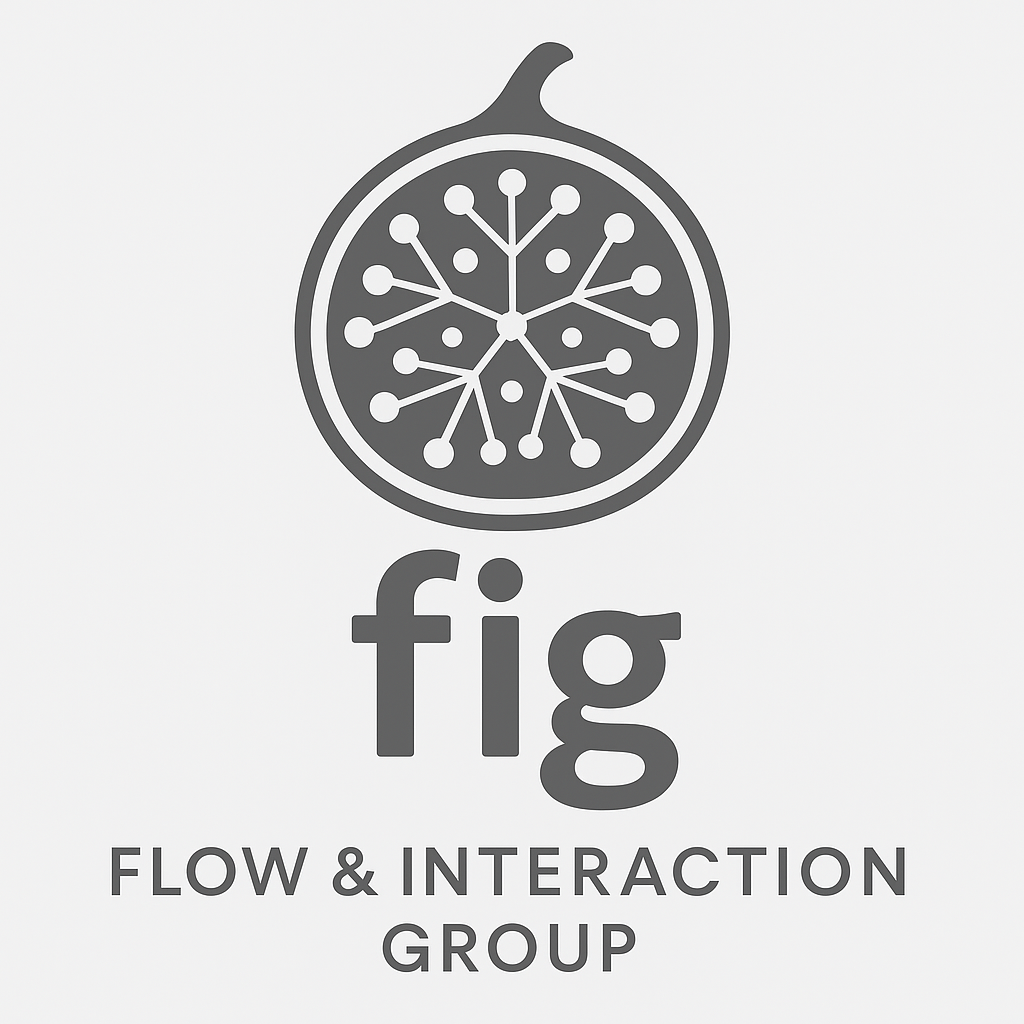“Customization is key”: Reconfigurable content tokens for accessible data visualizations
Authors: S. Jones; I. Pedraza Pineros; D. Hajas; J. Zong; A. Satyanarayan
Published: Proceedings of the 2024 CHI Conference on Human Factors in Computing Systems (pp. 47:1–47:14). Association for Computing Machinery (2024)
DOI · Publisher · PDF · Accessible HTML
Abstract
Customization is crucial for making visualizations accessible to blind and low-vision (BLV) people with widely-varying needs. But what makes for usable or useful customization? We identify four design goals for how BLV people should be able to customize screen-reader-accessible visualizations: presence, or what content is included; verbosity, or how concisely content is presented; ordering, or how content is sequenced; and, duration, or how long customizations are active. To meet these goals, we model a customization as a sequence of content tokens, each with a set of adjustable properties. We instantiate our model by extending Olli, an open-source accessible visualization toolkit, with a settings menu and command box for persistent and ephemeral customization respectively. Through a study with 13 BLV participants, we find that customization increases the ease of identifying and remembering information. However, customization also introduces additional complexity, making it more helpful for users familiar with similar tools.
Media
-
📝
Customisable Textual Descriptions for Screen Reader Accessible Visualisations
In our EuroVis 2022 paper, we mapped the design space of screen reader accessible data visualisations, showing how structure, navigation, and description can extend accessibility beyond alt text and data tables. This new study, carried out in collaboration with the MIT Visualisation Group, who also maintain the Olli open source library, takes the next step—making textual descriptions themselves customisable.
-
🎧
Customizing Descriptions of Data Visualisations
This podcast episode will discuss why customization is crucial for making data visualizations accessible to blind and partially sighted people, who have widely-varying needs. You'll learn about four key design goals for accessible visualizations: presence, verbosity, ordering, and duration; and how modeling content as reconfigurable tokens can achieve these goals. Discover how this approach, implemented in tools like Olli, increases the ease of identifying and remembering information for blind individuals, despite introducing some complexity.
-
🎬
“Customization is Key”: Reconfigurable Textual Tokens for Accessible Data Visualizations
This pre-recorded conference talk introduces how reconfigurable text-to-speech description tokens enable screen reader users to customise their reading experience during data exploration. .

